Fatigue of Metals: Part Four
Abstract
This study compares the fatigue strength of austenitic and duplex stainless steels with high-strength ferritic-martensitic carbon steels (DP steel) at equivalent yield strength levels. Results demonstrate that stainless steels consistently exhibit superior fatigue properties compared to carbon steels across all tested strength levels. Additionally, the article examines the fatigue behavior of DIN 51CrV4 spring steel under different heat treatments and loading conditions. Findings reveal that higher hardness and tensile strength correlate with improved fatigue resistance, while material orientation and testing mode significantly influence fatigue performance. The study highlights how appropriate heat treatment can enhance fatigue strength by approximately 8%.
Comparison Between Stainless Steels and Carbon Steels
The fatigue strength of austenitic and duplex stainless steels was compared with high-strength ferritic-martensitic carbon steels (DP steel) at equivalent yield strength levels.
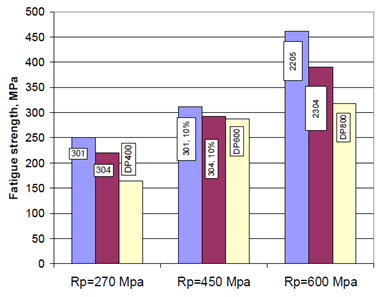
Figure 1: Comparison of fatigue properties between stainless and carbon steels at different yield strength levels
The comparison results presented in Figure 1 demonstrate that stainless steels exhibited better, and often substantially better, fatigue properties than corresponding carbon steels across all strength levels studied.
Fatigue Behavior of Spring Steel Under Different Conditions
In the research conducted by B. Šurštašić et al., fatigue strength properties of spring steel designated as DIN 51CrV4 (W.Nr. 1.8159, EN 10089) were investigated. The researchers determined fatigue strength (S-N curves) under two different loading modes: tension-compression (T/C) and rotating-bending (R/B), with two different heat treatment conditions (HT1 and HT2).
Effects of Heat Treatment on Mechanical Properties
Heat treatment HT1 (austenizing at 870°C for 10 minutes, fast cooling in N₂, and tempering at 425°C for 1 hour) produced higher Rockwell hardness (HRc), tensile strength (Rm), and yield point (Rp0.2), but lower ductility (A and Z) compared to HT2 (austenizing at 870°C for 10 minutes, fast cooling in N₂, and tempering at 475°C for 1 hour).
Tension-Compression Fatigue Performance
Figures 2 and 3 present S-N curves obtained in the tension-compression fatigue regime on notched cylindrical samples for the two different heat treatment conditions.
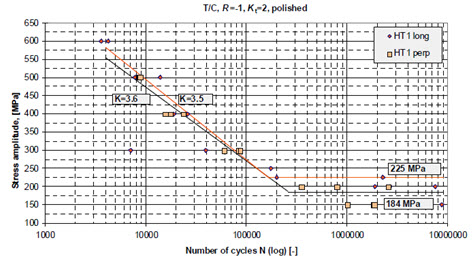
Figure 2: S-N curves of HT1 material for T/C fatigue mode
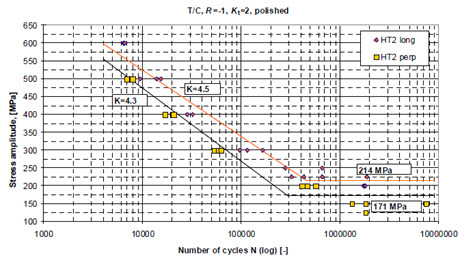
Figure 3: S-N curves of HT2 material for T/C fatigue mode
The data indicates that longitudinally oriented material exhibits higher fatigue strength. The HT1 treatment also provides a slightly higher fatigue limit compared to HT2. Interestingly, for each heat treatment, the slopes of the S-N curves remain almost identical regardless of segregation orientation.
Rotating-Bending Fatigue Performance
Figure 4 displays the S-N curve obtained in the rotating-bending regime on smooth cylindrical samples for both heat treatment conditions with longitudinal segregation orientation.
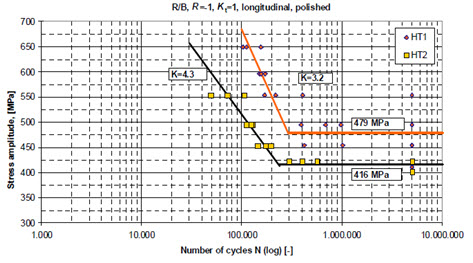
Figure 4: S-N curves of HT1 and HT2 material for R/B fatigue mode
As evident from the data, the fatigue strength of the HT1-treated material is significantly higher than that of HT2. The slopes for both heat treatment conditions in the R/B fatigue mode are similar to those observed in the T/C fatigue mode
Influence of Testing Conditions on Fatigue Strength
The fatigue strength obtained on smooth samples in the rotating-bending regime is approximately twice as high as the fatigue strength observed in the tension-compression regime on notched samples. This finding aligns well with the theoretical notch sensitivity factor of the specimens used (Kt=1 and Kt=2), irrespective of the fatigue mode.
Conclusions on Fatigue Performance Optimization
B. Šurštašić et al. concluded that appropriate heat treatment can significantly enhance a steel's fatigue strength. Their findings indicate that steel with higher hardness, higher tensile strength, and higher yield point demonstrates approximately 8% higher fatigue strength.
The notched cylindrical specimens (Kt=2) exhibit an appropriately lower fatigue limit compared to smooth cylindrical samples (Kt=1), considering the selected fatigue testing mode and specimen type. To obtain a more comprehensive understanding of the dynamic properties of the investigated steel, tension-compression mode fatigue testing on smooth specimens still needs to be performed.
Accédez immédiatement à des centaines de propriétés cycliques des matériaux !
Total Materia Horizon inclut une collection unique de données en fatigue pour les métaux et les non-métaux, tant oligocyclique que polycyclique.
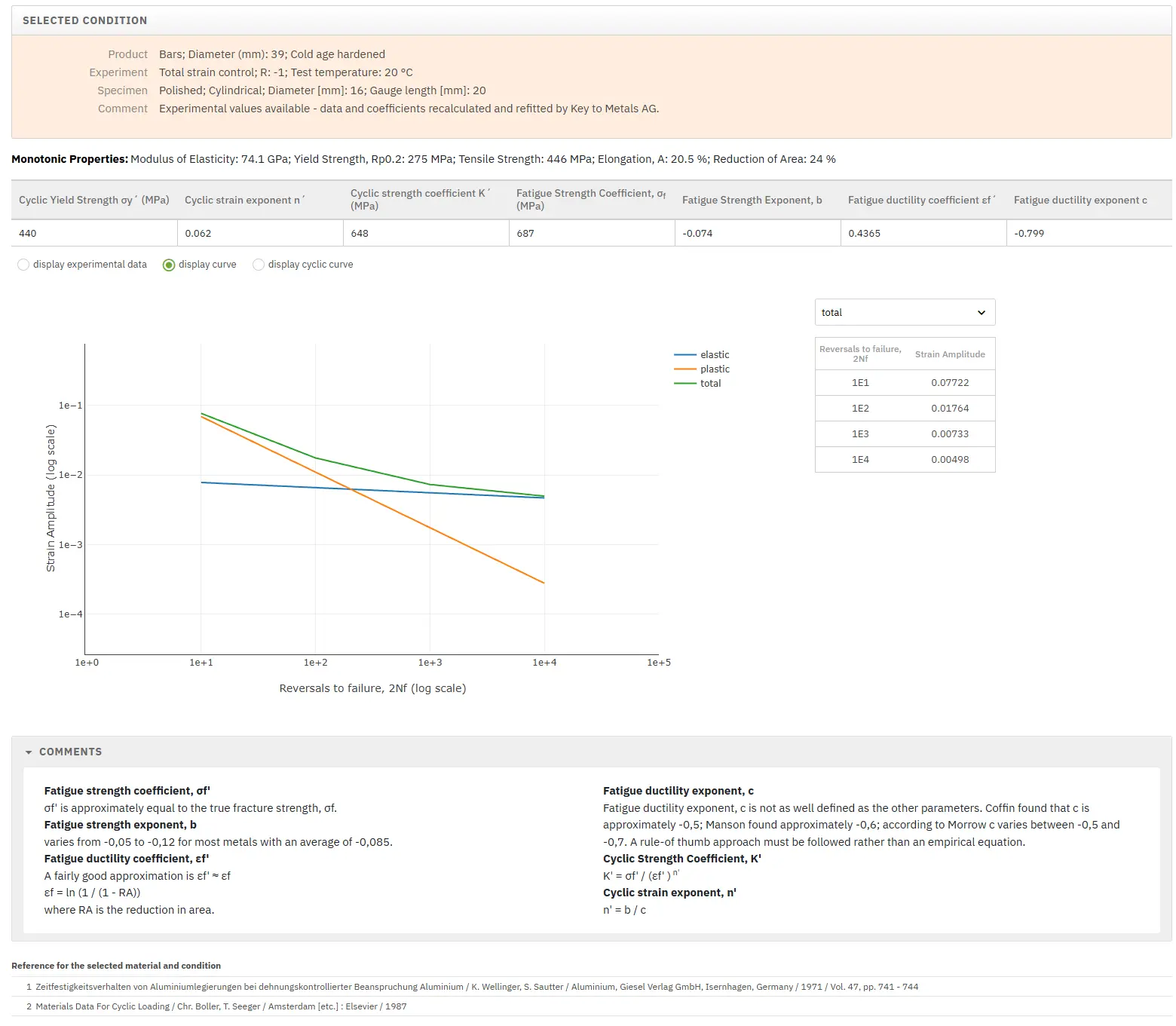
Profitez d’un compte d’évaluation GRATUIT sur Total Materia Horizon et rejoignez notre communauté qui compte plus de 500.000 utilisateurs dans plus de 120 pays.